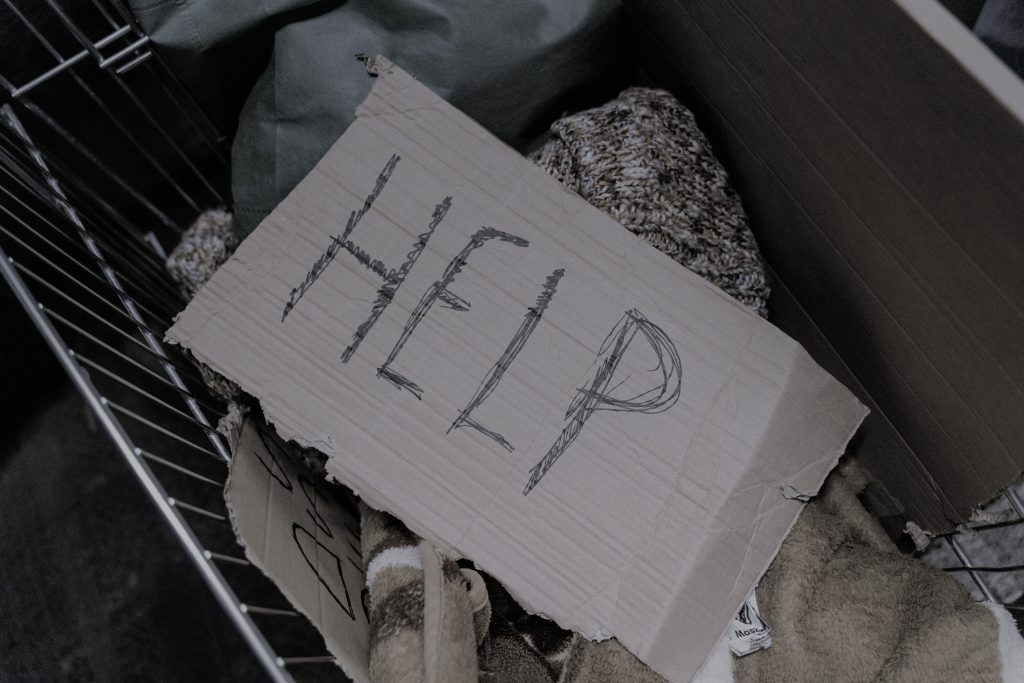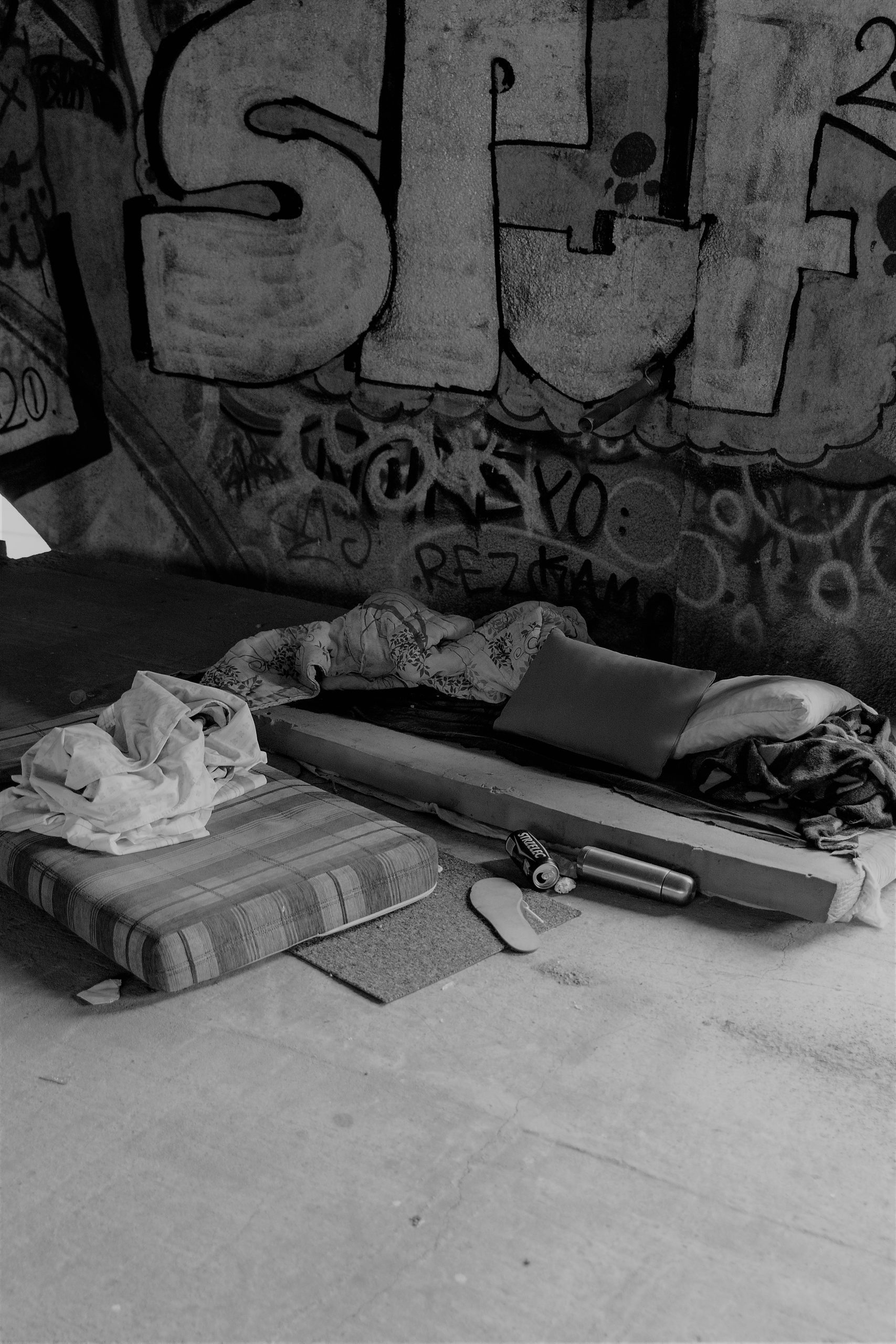There is a homelessness crisis in Ireland. More than 11,000 people including 3,500 children were living in emergency homeless accommodation at the end of 2022 – a 300% increase since 2014. And these figures do not even capture the full extent of hidden homelessness because thousands of people in Ireland are living in unaffordable, unsafe, insecure housing.
In recent years Ireland’s private rental sector has been used to plug the gap left by reduced social housing availability. Combined with booming demand from private renters, properties are now in very short supply.
England is experiencing similar shortages, with recent figures showing the number of homes available to rent across the UK has fallen by a third over the past 18 months, while average rents are now £2,200 a year higher than before COVID.
But both Ireland and England are suffering from much more than too few houses or too much demand. People are struggling to afford decent homes after decades of policies designed to boost homeownership have turned property into piggy banks rather than homes.
In Ireland, many of the people now classed as homeless were evicted from the private rented sector and have been unable to find affordable housing again. Surging demand has sent rents rocketing, leaving few dwellings available. And government plans to lift a COVID-era ban on evictions from April 1 2023 may only make matters worse.
Access to affordable rented housing has become a major social and indeed political issue in Ireland, with thousands taking to the streets in recent months and years to call on the Irish government to end the crisis.
Demand has been driven by population increases, new household formations, inward migration (40% of private rental sector tenants are non-Irish), holiday lets and the proliferation of high income industries such as tech.
The average new rent is now almost €1,500 (£1,300) nationally, and over €2,000 in Dublin – a more than 100% increase over a decade. Concern over rising rents led to the creation of rent pressure zones by the government in 2016, in which rent increases are capped at 2% annually. Still, some 40% of private tenants in Ireland pay more than 30% of their net income in rent.
Younger people are most likely to be affected. Half of all 25-34 year olds in Ireland live in private rentals, alongside one-quarter of those aged 35-44. Many members of this so-called “generation rent” are growing increasingly frustrated as they realise they will never own a home.

A new squeeze on rental supply
Small landlords (owners of one or two units) are also leaving the sector, exacerbating the issue. Figures from Irish regulator, the Residential Tenancies Board, show that in 2021 some 60% of eviction notices related to a landlord selling the dwelling, and 23% related to a family member moving in.
Many of these landlords have crystallised capital gains at the peak of recent house prices rises, or are retiring. Some may have been reluctant or “accidental” landlords in the first place – indeed half of all rental properties were acquired with an owner-occupier mortgage.
Being a landlord is also an increasingly complicated business: there have been over 100 legislative changes since 2009, leading to claims of “regulatory overload” by the Irish Property Owners Association. Of course, such changes also make it difficult for tenants to understand and enforce their own rights.
Media reports often reduce the debate to questions of supply and demand. After all, there were only 1,100 dwellings available for rent on February 1 2023, compared to an average of 8,500 on that date each year between 2006 and 2021.
But this supply squeeze doesn’t explain why one-third of renters require state assistance with rent, totalling €1 billion per year, or why the private rental sector has grown from 8% of overall tenure in 1991 to 21% in 2016. This is expected to be even higher in the 2022 census returns.
These developments have occurred because Ireland’s private rental sector was boosted by tax relief schemes right up until 2008. This resulted in a flood of buy-to-let mortgages in the early 2000s. Government housing policy has also enlisted the private rental sector to fill a gap in social housing for over two decades.

England’s homelessness crisis
England is also in the grip of an acute housing affordability and homelessness crisis. Homelessness has increased by 75% since 2020 and rough sleeping has risen by 170%. Recorded homelessness in 2023 stands at 270,000 people, although, as in Ireland, this figure excludes the hidden homeless.
And again, just like in Ireland, this homelessness crisis is inextricably linked to the revival of private rentals, with eviction from this type of housing being the main cause of homelessness.
Over the past two decades, private rentals have more than doubled to accommodate over 20% of households in 2021, in line with a corresponding decline in social housing. Rent increases have exceeded the rate of inflation over the past two decades. As a result, private renters spend on average over 33% of their household income on rent – although this figure rises to 38% once £23 billion in annual Housing Benefit payments is excluded.
The roots of England’s affordability and homelessness crisis are similar to Ireland’s. It can be traced to shifts in housing policies since the 1980s involving the privatisation of social housing. The introduction of assured shorthold tenancies (AST) enabled no-fault evictions and fuelled acute rent inflation.
The financialisation of housing and deregulation of mortgage lending also led to a proliferation of buy-to-let mortgages. As a result, there is a growing recognition that the private rental and AST regime must be changed to prevent no-fault evictions, which could help address this crisis.
Ireland and England face common problems with homelessness and a burgeoning but unsustainable private rental sector. Simplistic supply and demand slogans belittle the part played by private rentals within a complex housing system. In fact, the interaction between social housing availability, financialisation and decades of unfit housing policies have created a unique scenario of homelessness in both countries.
Originally published by The Conversation and reprinted here with permission.








